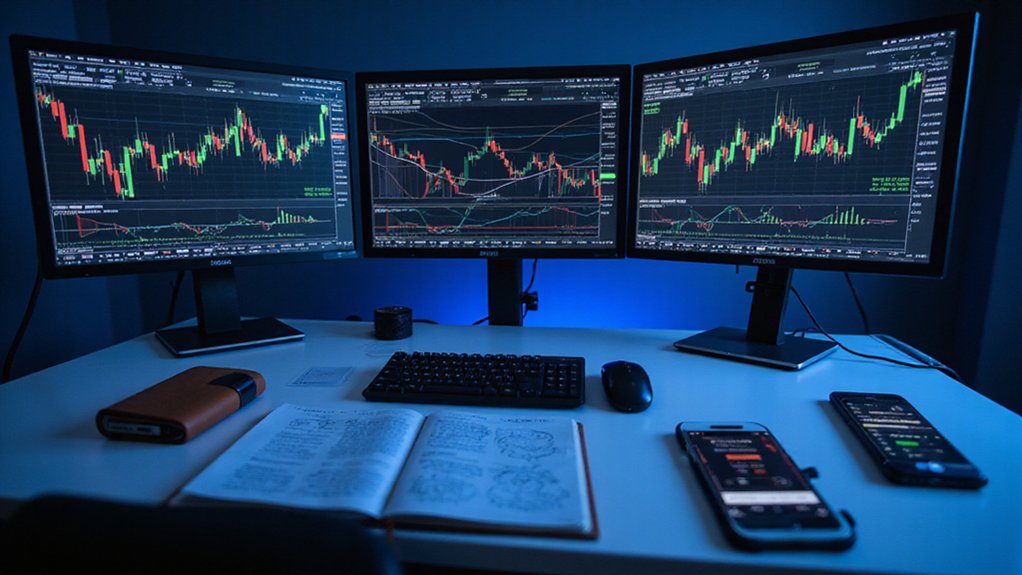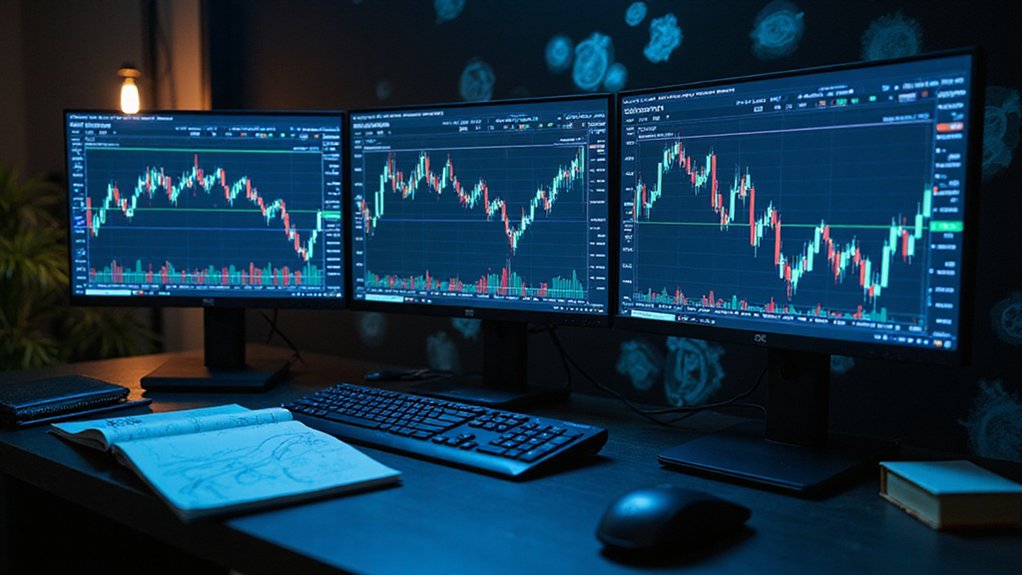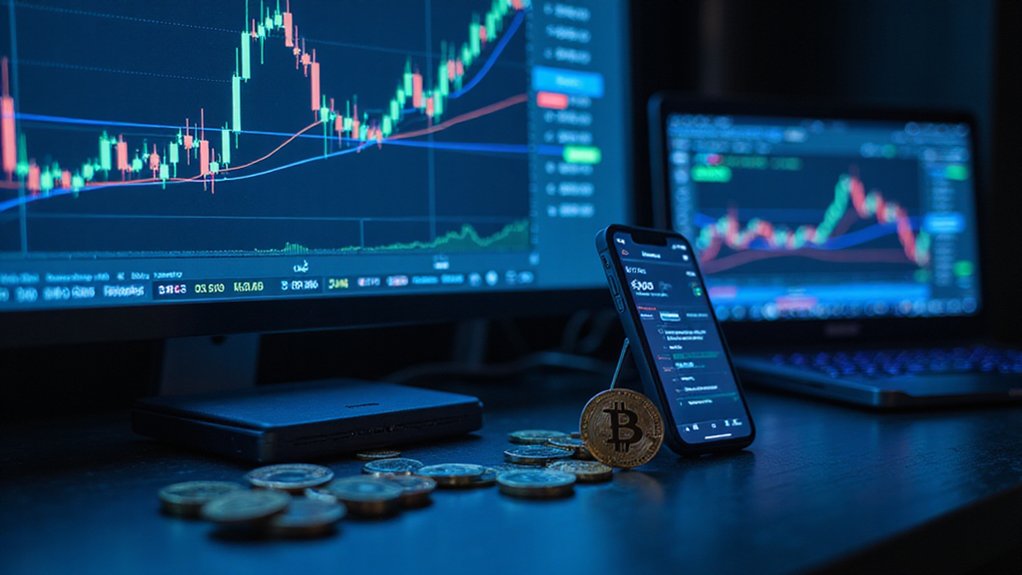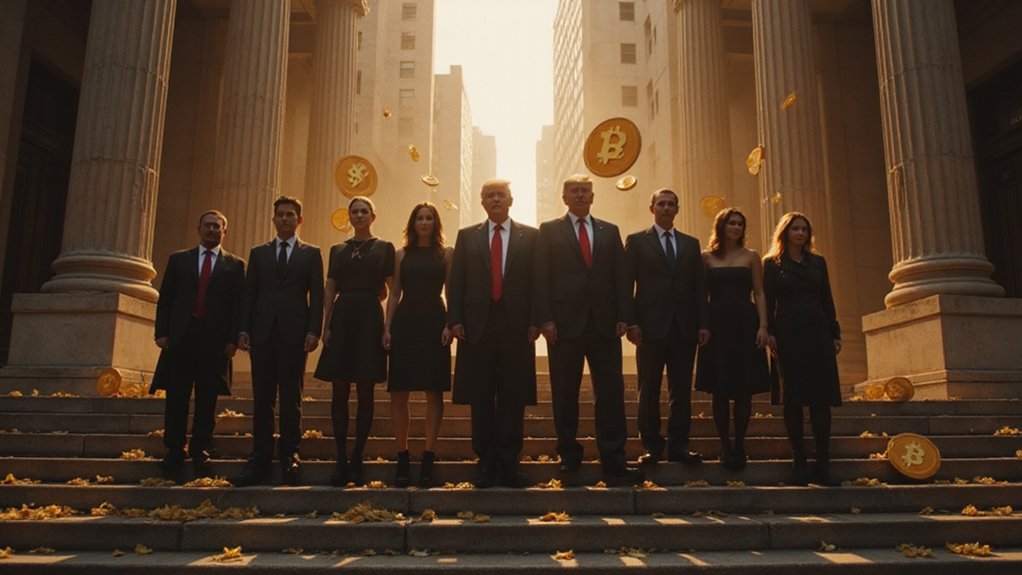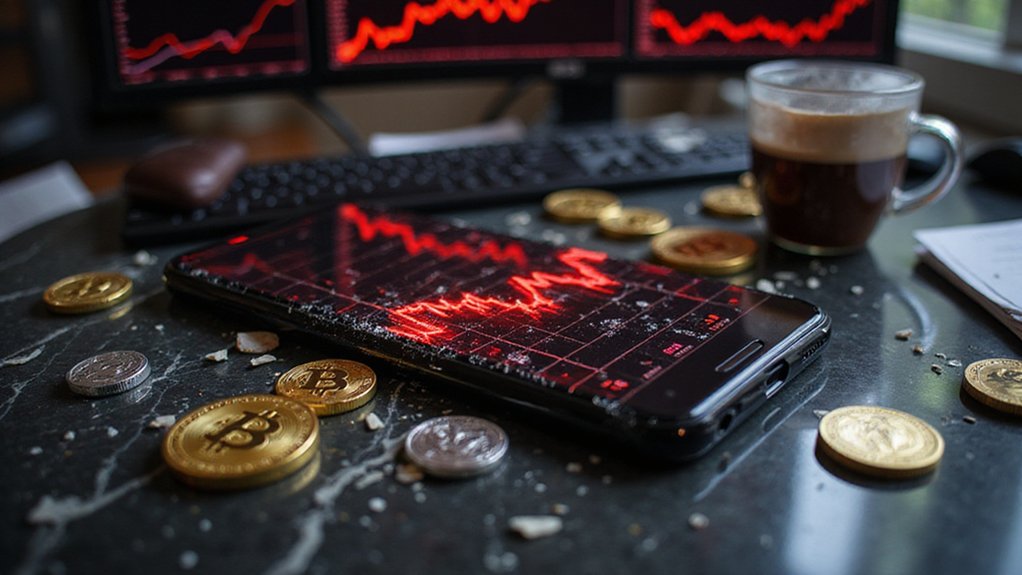Trading cryptocurrency on Bitstamp requires creating and verifying an account through KYC processes—a regulatory hoop one simply must jump through. After depositing funds (fiat or crypto), traders navigate the intuitive Tradeview interface displaying real-time candlestick charts and order books. Execute trades via market orders (immediate, at current price) or limit orders (at specified thresholds)—the latter being particularly vital during volatile swings. Risk management strategies, from dollar-cost averaging to technical analysis, separate the survivors from the liquidated.
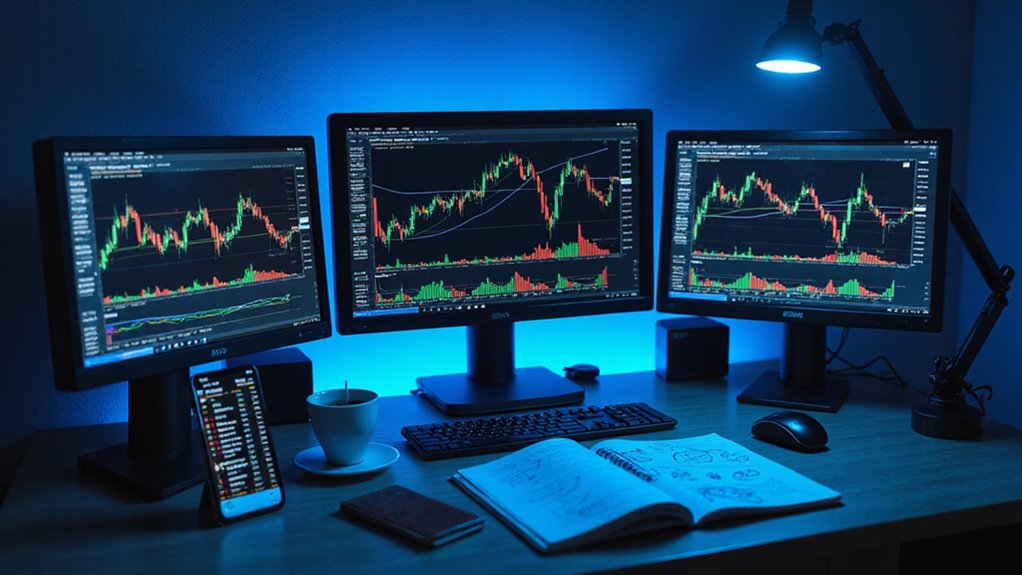
Why do some traders gravitate toward certain exchanges amid the labyrinthine landscape of cryptocurrency platforms?
In the case of Bitstamp, the answer lies in its established reputation, robust security infrastructure, and accessible trading interface.
This well-established exchange offers both newcomers and veterans a platform that balances functionality with usability—no small feat in an industry where complexity often masquerades as sophistication.
Trading on Bitstamp begins with account creation, a process necessarily burdened by KYC regulations (the regulatory apparatus makes its presence felt even in decentralized markets).
Once verified, users can deposit fiat currency or existing crypto assets to begin their trading journey.
The platform’s Tradeview interface provides real-time market data displayed through candlestick charts, allowing traders to visualize price movements with clarity that would satisfy even the most meticulous technical analyst.
The mechanics of trading involve understanding order types—the most fundamental being limit orders, where users specify the price at which they’re willing to buy or sell.
This stands in contrast to market orders, which execute at whatever price the market currently offers (a distinction that can prove costly during volatile periods).
The order book, displaying all pending transactions, offers a window into market sentiment that astute traders can leverage to their advantage.
Bitstamp accommodates various trading strategies, from dollar-cost averaging (systematic purchasing at regular intervals) to more active approaches involving technical analysis.
The platform also provides access to less common USD trading pairs, creating opportunities for diversification beyond the usual suspects.
While Bitstamp offers solid trading options, some traders might prefer Kraken’s more extensive selection of 700 trading pairs and advanced features like margin trading with up to 5x leverage.
For the adventurous, cryptocurrency derivatives represent another frontier, though they introduce concepts like leverage and margin that amplify both potential returns and risks.
These instruments, fundamentally contracts based on underlying crypto assets, require a more sophisticated understanding of market mechanics.
Throughout the trading process, risk management remains paramount—a truth that countless traders have learned through expensive lessons.
In cryptocurrency markets, where volatility is the only constant, judicious position sizing might be the most valuable strategy of all.
Frequently Asked Questions
What Fees Does Bitstamp Charge for Cryptocurrency Trading?
Bitstamp employs a tiered fee structure based on 30-day trading volume, with maker fees ranging from 0.30% to 0% and taker fees from 0.40% to 0.03%.
Traders benefit from zero fees for volumes under $1,000, while those exceeding $10,000 enjoy progressively reduced rates.
Instant purchases incur a 4% service fee, and IOU transfers on the XRP Ledger cost 0.15%.
The exchange maintains precise fee calculations—to 5 decimal places for fiat pairs and 8 for BTC/ETH pairs.
How Long Does Verification Take on Bitstamp?
Bitstamp’s verification process is surprisingly expedient—typically completing within a few hours rather than the industry-standard multi-day wait.
The platform has deliberately streamlined its KYC procedures, notifying users via email once verification concludes.
This efficiency (practically unicorn-like in the frequently sluggish crypto onboarding landscape) enables swift access to trading functionality.
Users need only submit quality images of valid ID, proof of address, and a selfie before Bitstamp’s internal team—no third parties—processes their application.
Does Bitstamp Offer Staking Rewards?
Yes, Bitstamp does offer staking rewards through its Bitstamp Earn – Crypto Staking service.
Users can generate passive income by staking Proof-of-Stake cryptocurrencies like Ethereum and Cardano.
Rewards—distributed monthly for ETH and weekly for ADA—hover around 3.1% APY, a respectable if not industry-leading yield (some competitors offer north of 8%).
The service emphasizes security and simplicity while supporting selected cryptocurrencies, though availability may vary by jurisdiction.
Is Bitstamp Available in My Country?
Bitstamp’s availability hinges entirely on one’s geographical coordinates—an inconvenient reality of regulatory patchworks.
The exchange operates in approximately 157 countries spanning Europe, the Americas, parts of Asia, and Oceania.
Without specifying your particular jurisdiction (a rather essential detail), one can merely note that Bitstamp maintains full licensing in both EU and US markets.
To determine eligibility definitively, consulting Bitstamp’s country-specific documentation would resolve this geographical conundrum more efficiently than speculative assessments.
How Secure Is Bitstamp Compared to Other Exchanges?
Bitstamp stands as a remarkably secure exchange, boasting an impressive security infrastructure that rivals—and in some regulatory aspects, surpasses—many competitors.
Its combination of cold storage (protecting 98% of assets), multiple certifications (SOC2 Type 2, ISO 27001), BitGo custody solutions with insurance coverage, and thorough regulatory compliance creates a formidable security posture.
While no exchange can claim absolute impenetrability (a sobering reality in cryptocurrency), Bitstamp’s multi-layered approach positions it among the industry’s more trustworthy platforms.
